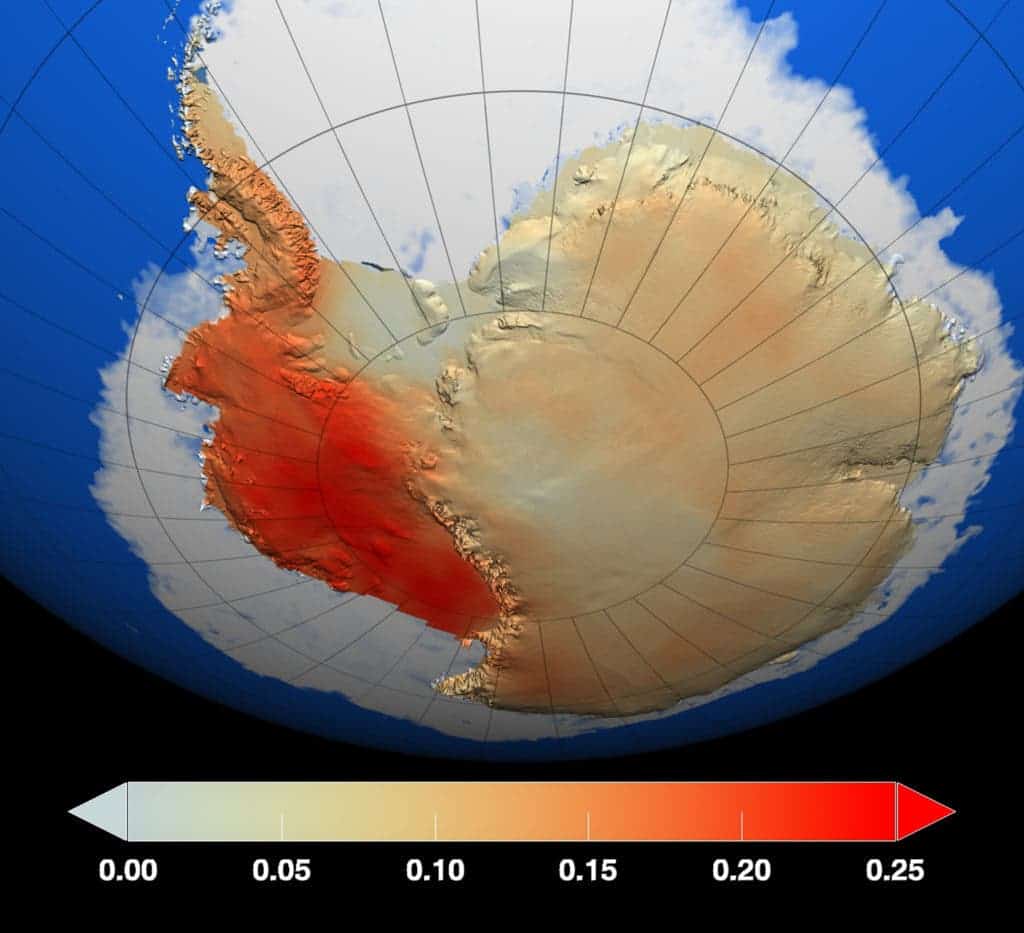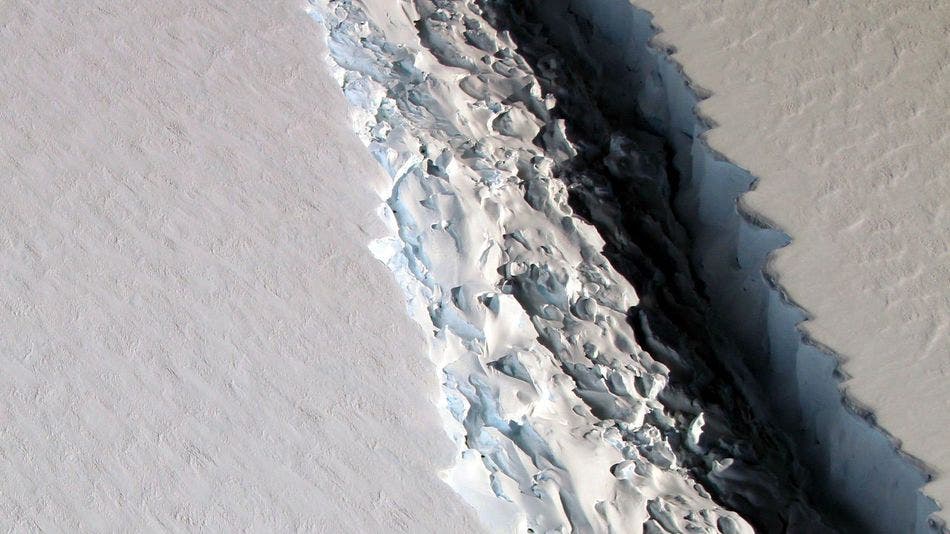The temperature was recorded in 2015, but it was just now released.

For a long time, it seemed that Antarctica was immune to global warming. How the times have changed! Image credits: NASA.
Is this the Antarctic or the Mediterranean?
Antarctica has been called “the last place on Earth.” People have made countless expeditions to explore the rugged terrain and ungodly temperatures. Some of them have not returned, falling to the might of the seemingly endless ice. But some days… you could enjoy the Antarctic Sun in a T-shirt, with temperatures more fit for Spain or southern Italy.
The reason why this is extremely surprising (if this needs any explaining) is that polar regions are cold — really cold. The South Pole’s annual mean temperature is -76F (-60C) in winter and -18 (-28.2C) in summer according to data at Woods Hole Oceanographic Institute. Antarctica is usually not as cold as the South Pole, but on most days, temperatures range between -10C and -40C. But sometimes, things just go a bit crazy — especially when climate change kicks in.
Randy Cerveny, an Arizona State University professor of geographical science and urban planning who works with the World Meteorological Organization (WMO) said in a press release:
“The temperatures we announced today are the absolute limit to what we have measured in Antarctica […] The polar regions of our planet have been termed the ‘canary’ in our global environment[…]because of their sensitivity to climate changes, sometimes the first influences of changes in our global environment can be seen in the north and south polar regions.
Antarctic warming
It’s not like this took us completely by surprise; climatologists have known that global warming greatly affected the Antarctic, but the sheer magnitude is stunning. Putting it all into perspective, much of the Antarctic is expected to melt by the end of the century — even under the most optimistic scenarios. It’s generally accepted that it’s no longer a question of whether the West Antarctic Ice Sheet will melt, it’s a question of when. We already see a massive crack (above), over 100 kilometers long and 100 meters wide (60 miles x 300 feet) with much more expected to come in the not-so-distant future. But seriously, this is pretty much the opposite of hell freezing over.
You might be wondering why this only emerged now, two years after it happened. WMO’s Archive of Weather and Climate Extremes is tasked with documenting the changes at the edges of the continent, but that’s no easy feat. Thing is, we don’t really know how common or uncommon this is in the Antarctic. Because the land is so inaccessible and funding is still scarce in many instances, we have few data points (read: scientific bases) scattered around the Antarctica.
“The Antarctic and the Arctic are poorly covered in terms of weather observations and forecasts, even though both play an important role in driving climate and ocean patterns and in sea level rise,” said Michael Sparrow, a polar expert with the World Climate Research Programme.
“Verification of maximum and minimum temperatures help us to build up a picture of the weather and climate in one of Earth’s final frontiers.”
Due to this, satellite-based observations such as NASA’s Earth Sciences program are vital and should be maintained. Hopefully, NASA will be allowed to continue doings its job.










